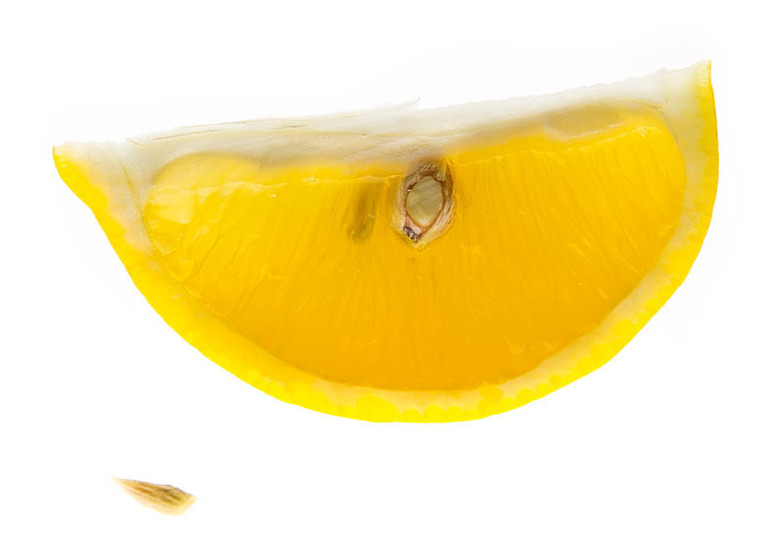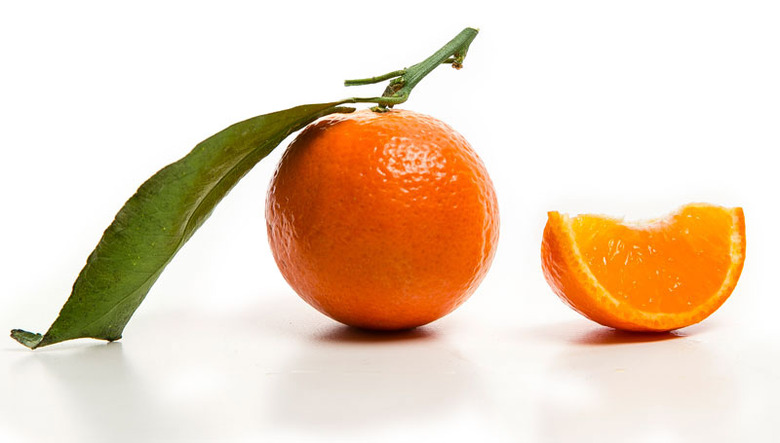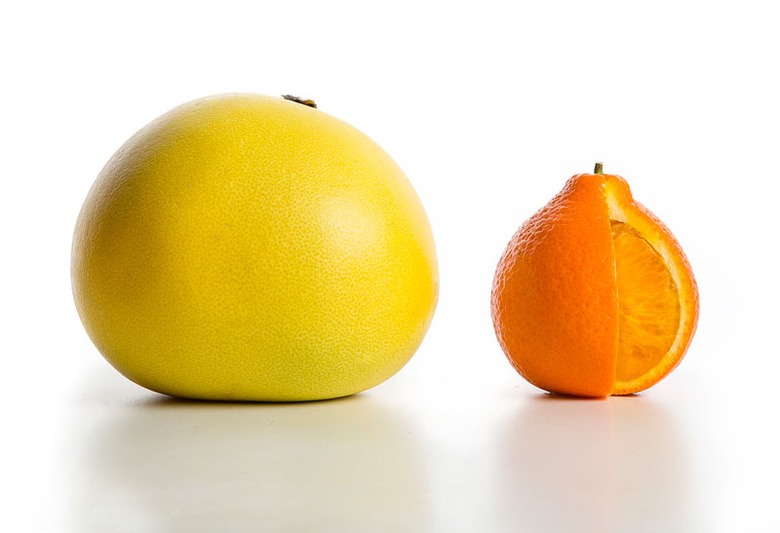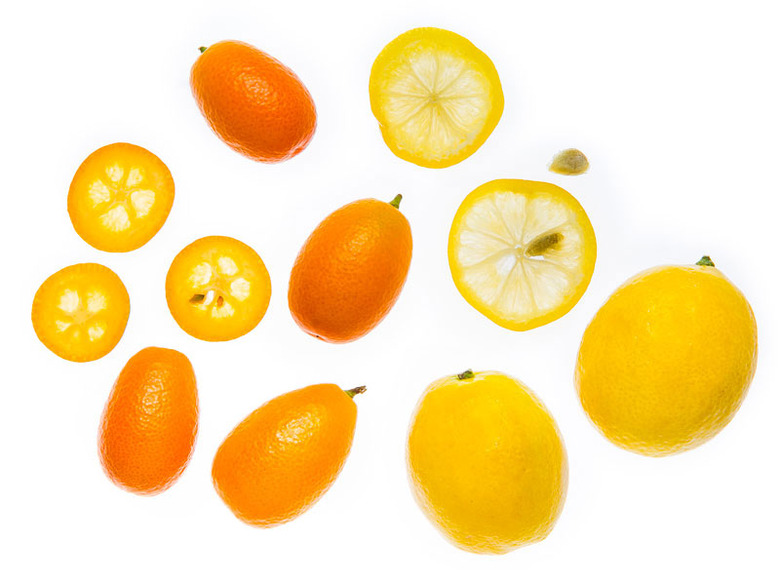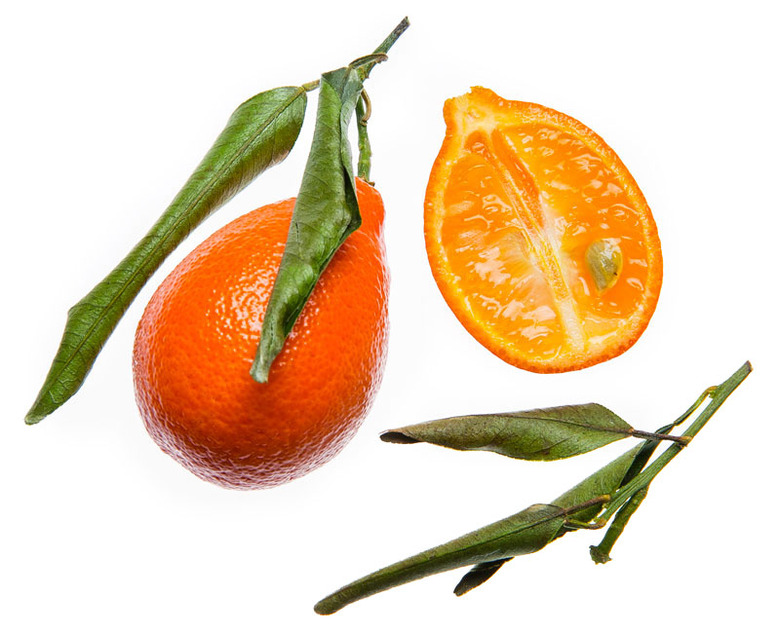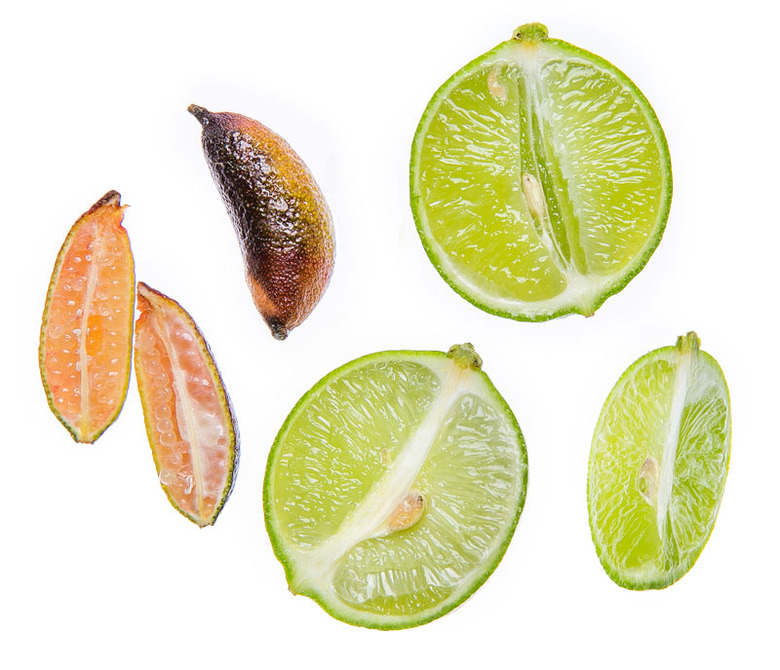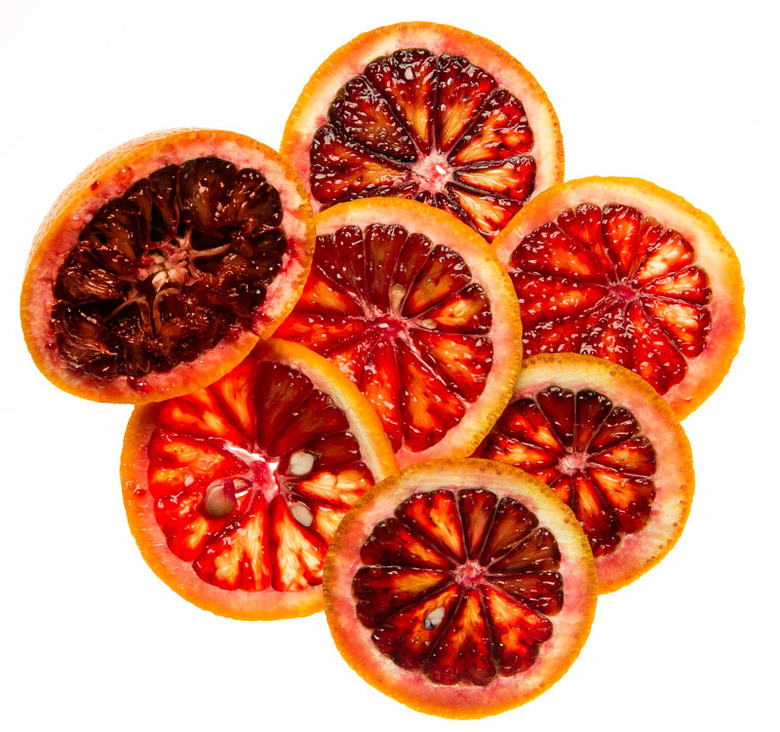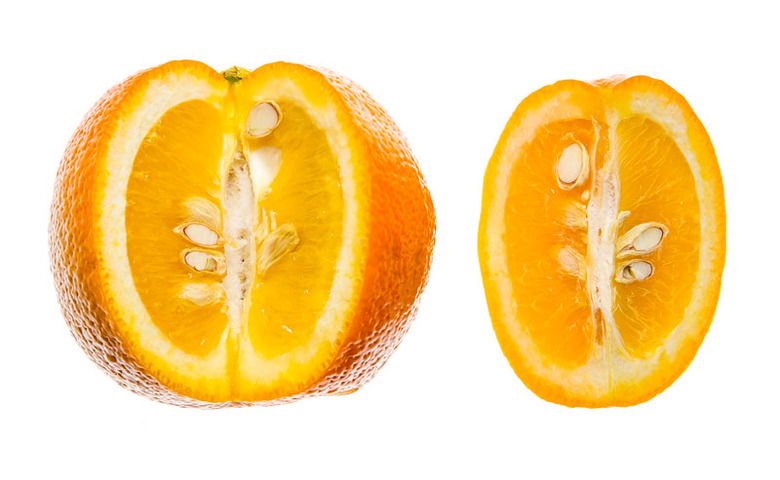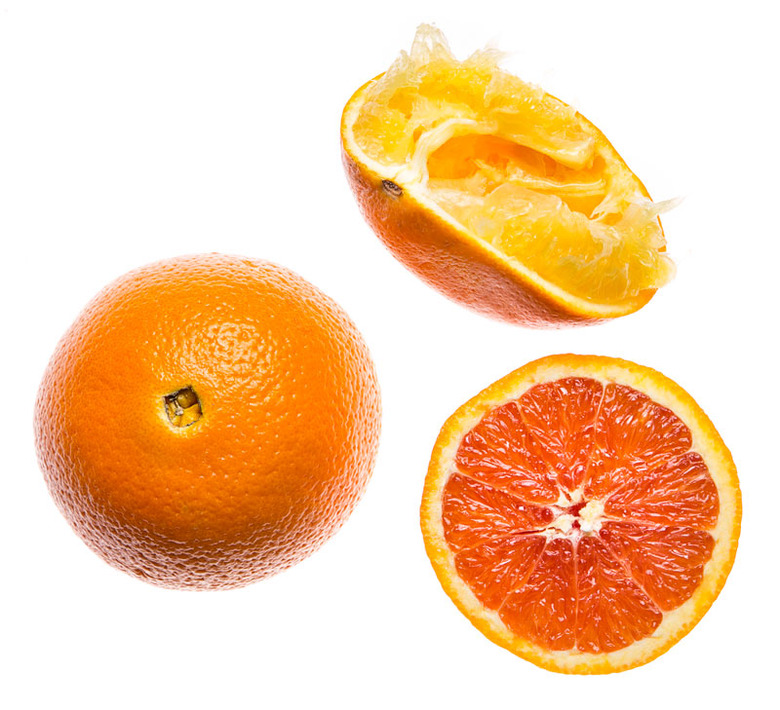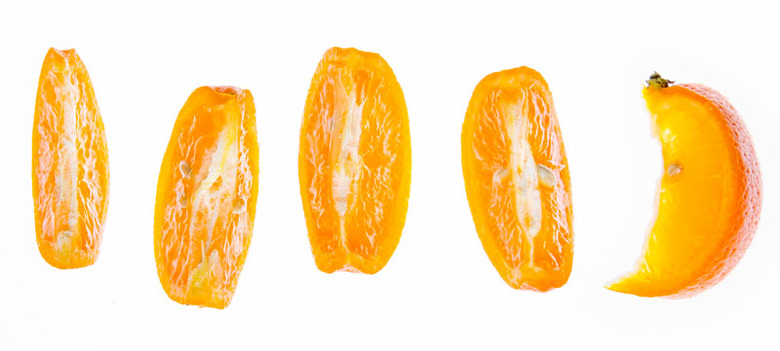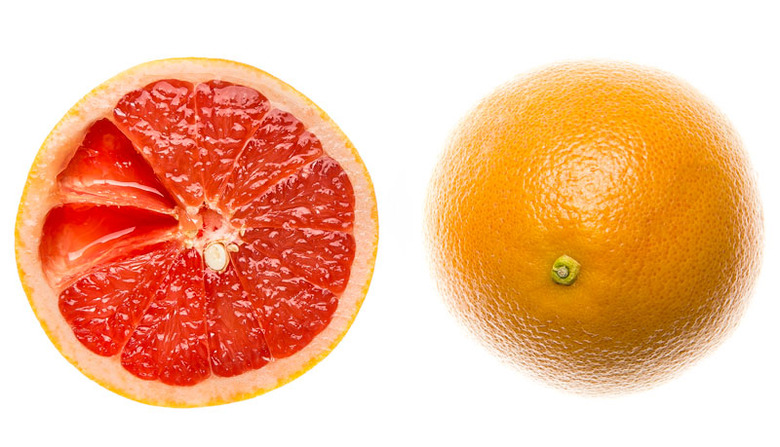How To Buy And Cook With Citrus Fruit
A guide to our favorite winter citrus
Winter citrus fruits are the jewels in our snow-dusted crowns.
Not to be dramatic, but during the coldest months, when it feels like 10 p.m. as the clock is only striking 5, the kingdom of citrus somehow flourishes (it's called Florida and California, people) and makes our days a touch brighter.
So what's the appeal of those yellow-, orange- and green-skinned gems? The citrus family is a kinky one for starters. Some serious crossbreeding has been happening for years, but in this case, it only makes things more nuanced and delicious. Even the everyday orange is a hybrid, although now you'll find everything from limequats (key lime + kumquat) to rangpur limes (mandarin orange + lemon) and mandarinquats (mandarin + kumquat).
The varieties at the market right now are the most prized of the bunch (see the slideshow). Don't miss dramatic, luscious blood oranges that just beg to be squeezed into cocktails, mocktails and juice blends. Soon you won't be able to pop candy-like kumquats right into your mouth or scoop out the sweet-tart flesh of an in-season pomelo.
And it goes without saying that citrus is a cook's best friend, adding that essential smack of acid to dishes both savory and sweet. A squeeze of juice jolts vinaigrettes into sunnier places. Laying slices atop roasted fish or vegetables nudges them from ordinary into extraordinary territory. And the zest, where most of the flavor is hidden, is a flurry of golden brightness when sprinkled atop pasta, salads or, well, just about anything.
RELATED Get More Juice Out of Your Squeeze "
Never let good citrus go to waste: Peel 'em and eat the flesh. Dry and candy the peels. Cook both sections and skins down into marmalade for smearing on toast, or preserve halves and quarters in salt to add a burst of flavor to stews and braises later. Looking for inspiration? Our guide breaks down our favorite types of winter citrus and how to highlight their unique qualities.
Now, orange you glad it's winter? (We'll be here all week; try the limequats.)
Meyer lemon
Sweeter and less acidic than their conventional brethren, Meyer lemons are perfect in both sweet and savory preparations. They're ideal to add to lemon-based desserts but can also be salt preserved to be added later to sauces, tagines and braises for a bright, salty finish.
Satsumas
These intensely sweet citrus are seedless and can be candied whole. Its thin, leathery skin has very little pith. Our favorite way to enjoy them: peeled and eaten as an afternoon snack.
Pomelo (left)Minneola tangelo (right)
Easily one of the largest citrus varieties, this relative of the grapefruit isn't as bitter as its cousin, but rather has an almond-like sweetness. Sub it in for grapefruit in a zippy celery salad with bottarga.
This hybrid of the tangerine and pomelo is known for its incredibly juicy, mild and sweet interior.
Kumquats (left)Limequats (right)
These sweet-tart gems may not be juicy, but they more than make up for it with their amazing flesh that holds a sweet floral aroma. They're popular in preserves and marmalade but can be candied whole or sliced thin and added to vinaigrettes. Or just pop them right into your mouth.
A cross between the beloved key lime and kumquat, these oval citrus fruit have a greenish yellow flesh that contains seeds. Much like kumquats, the fruit can be eaten whole or made into marmalade, but can also be pickled or juiced for a more nuanced lime flavor. Try them instead of kumquats in a simple sauce to dress up flourless chocolate cake.
Mandarinquats
These mandarin-and-kumquat hybrids can be eaten whole, skin and all. The pebbled, bright orange skin is incredibly fragrant, while its pale gold flesh is quite tart. For a surprising twist on key lime pie, use mandarinquats instead of limes.
Finger limes (left)Key limes (right)
Once you slice open the long, thin exterior, you get to a caviar-like flesh that can be squeezed out and used in place of lemon or lime in dishes like salt-crusted branzino with a citrusy vinaigrette.
Their name—and signature pie—is associated with the Sunshine State. Tiny key limes have lots of seeds, high acidity, thin skin and a strong aroma. In addition to adding them to desserts, use their juice to shake the perfect margarita.
Blood oranges
The gorgeous, maroon-fleshed citrus are smaller than your standard Valencia or navel orange, and the flavor has hints of berry notes. Aside from adding a dramatic flourish to salads in the dead of winter, it's an essential ingredient in this warming Eastern European parsnip-and-dill soup, pastinakensuppe.
Seville orange
This tart, bitter, thick-skinned orange is most commonly used in marmalade, due to its high pectin content.
Navel orange (left)Valencia orange (top right)Cara Cara orange (bottom right)
Its name derives from the top-of-the-fruit formation that is shaped like a belly button. Toss slices into a fennel salad to accompany Jonathan Waxman's famous roast chicken.
One of the most common oranges is our favorite to juice. Press it on its own or use it in vitamin-packed turmeric juice. Talk about a good way to start your day.
This orange-fleshed navel orange is seedless and has a cranberry-esque zing, making it perfect to peel and eat.
Rangpur limes
Ignore the name, as this fruit is a cross between the mandarin orange and lemon, with very high acidity and bitter undertones. The leaves are extremely floral and can be added to stews or sautés, akin to bay leaves. Squeeze the fruit over fried fish, mix it with grainy mustard and olive oil to glaze pork chops or make a simple syrup to add to cocktails.
Ruby red grapefruit
The salmon-colored flesh of this fruit is sweeter than the white variety. Spoon it out for breakfast, slice it up and pair it with avocado in a boozy salad, or use it to make a dreamy custard pie with a saltine-cracker crust.



